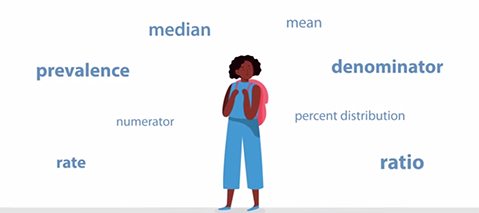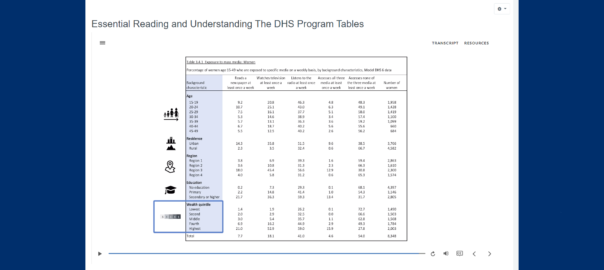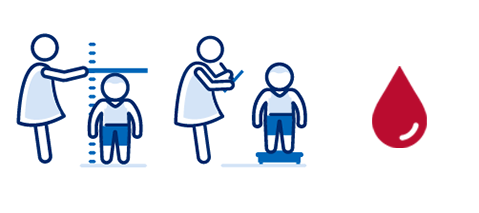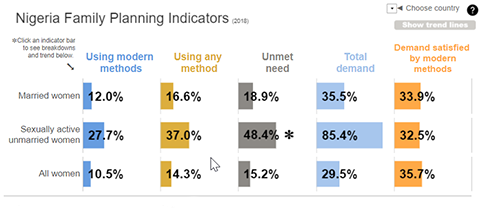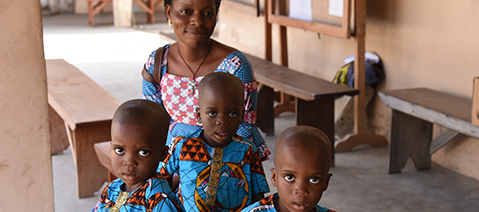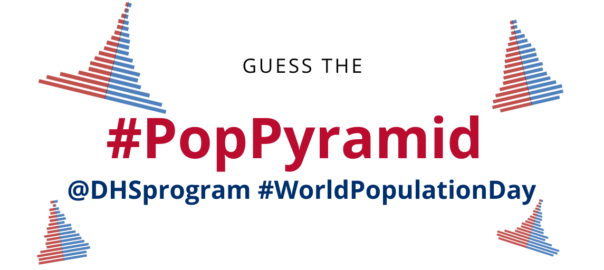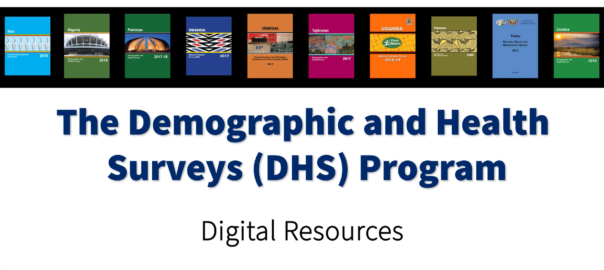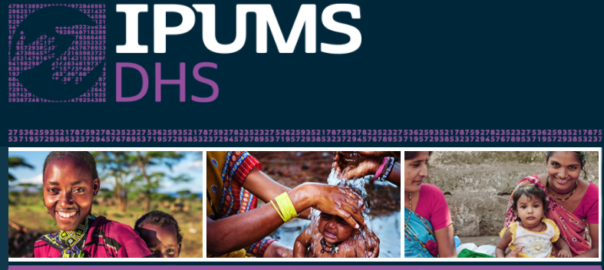New Online Course: Essential Statistical Concepts for Understanding DHS Program Data
What is the difference between a percentage and a percent distribution? What about a mean and a median? How do rates and ratios differ? Essential Statistical Concepts for Understanding DHS Program Data is a new open course for anyone who wants to familiarize themselves with the most commonly used statistics found in tables in DHS Program household-based surveys. Available for free with a simple registration on the DHS Program Learning Hub, this self-paced course will give you […]


